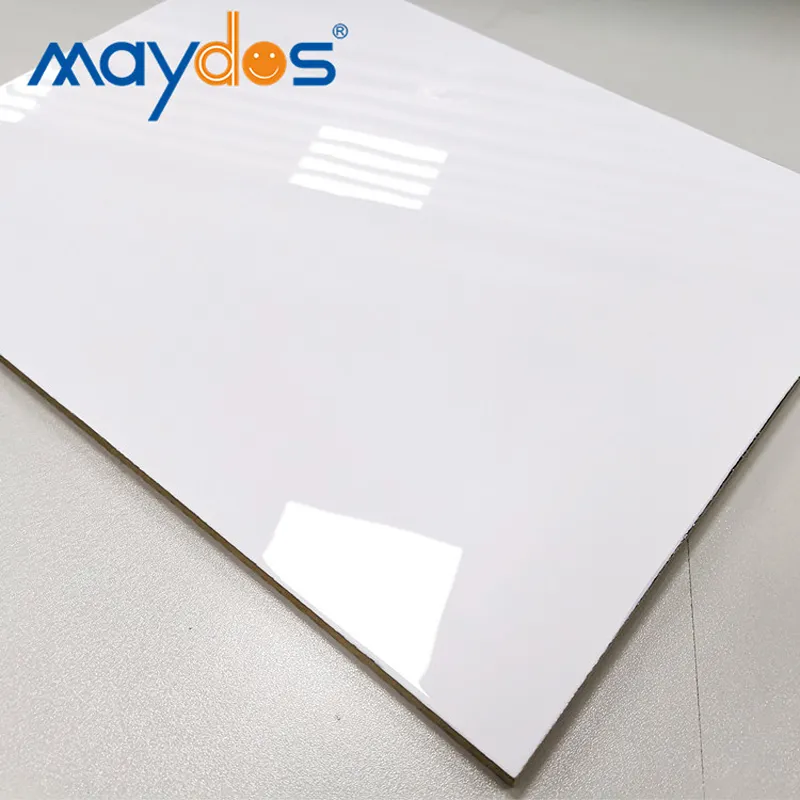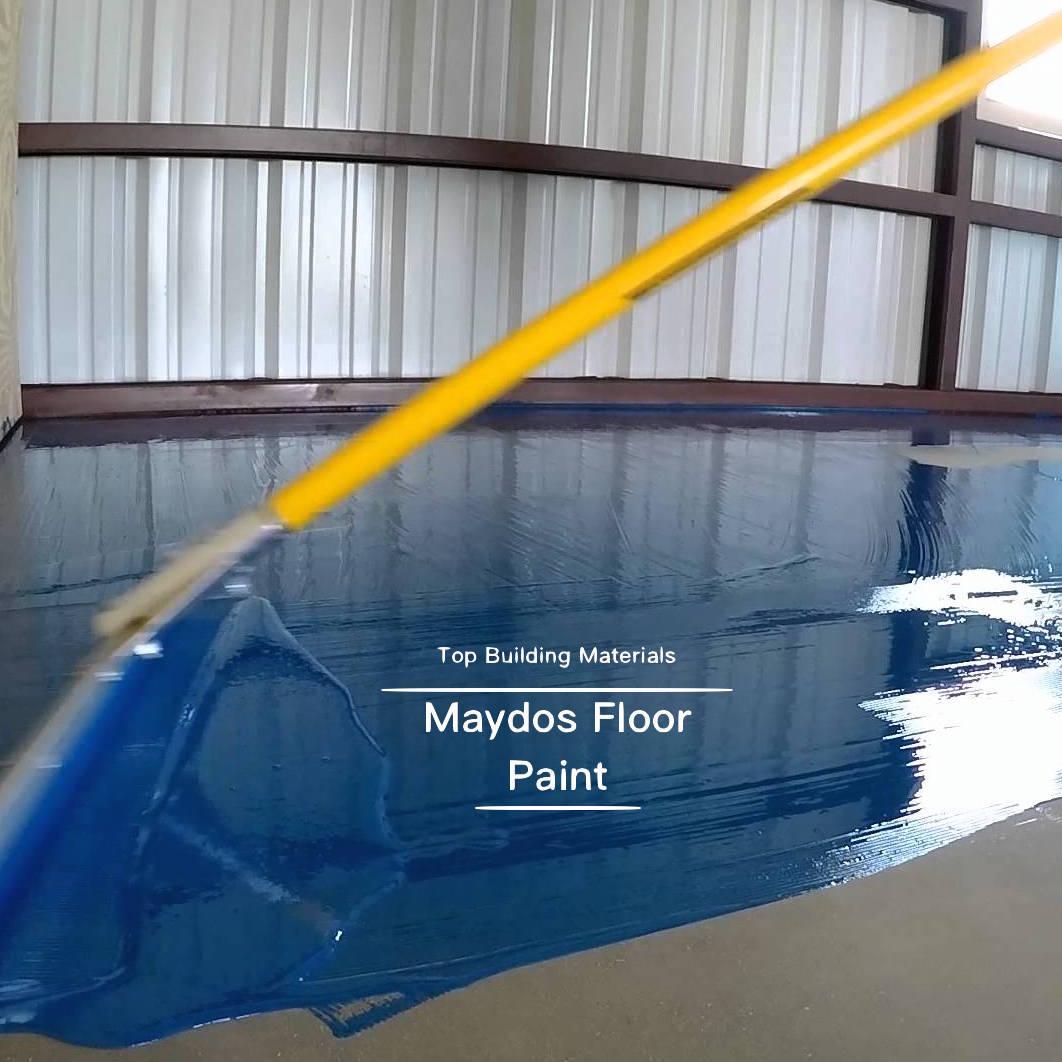Glue Adhesive
A glue is a substance that binds two objects together. It has a variety of physical and mechanical properties and is used for many different purposes. Glue is a non-metallic substance that can be applied to one or both surfaces of two objects and prevents them from being separated.
Glue is a type of adhesive
Glue is an organic compound that adheres two or more materials together. It can bond to a variety of materials and forms a permanent bond. Many types of adhesives have been developed throughout history. Some of them are natural, while others are produced synthetically. Glue is a versatile product and its use dates back to prehistoric times. The earliest adhesives were made from animal hides, hooves, and horns. They were used for making furniture, book binding, and repair of pottery. Today, most types of adhesives are made from polymers. Polymers include wool, rubber, Styrofoam, and epoxy.
Animal glues are often made from animal bone and tissue. They can be used in a variety of applications and come in the form of powders, pellets, and hot melts. Animal glues are very flexible and will not swell when exposed to water, but they do have a high initial tack. Animal glues have also been used for bookbinding, but synthetic glues have taken over these applications. In the plywood industry, albumen glue has been used to bond sheets. In the manufacturing process of particle board, casein glue is often used.
Glue works by attracting two different materials together using two forces called adhesive forces. This attraction causes the two objects to stick together, and it has been studied since ancient times. Currently, scientists are still trying to understand how these substances adhere to each other.
It has a wide range of physical and mechanical properties
Glue adhesive is a versatile material with a wide range of physical and mechanical properties. These properties allow it to be used in many different joining applications, including metal, structural materials, and fibreglass. Glues can bond different materials by direct contact or by a third surface.
Cyanoacrylate glues cure in the presence of moisture or ultraviolet light. They offer high flexibility and are used for projects where epoxy is not suitable. They also resist high temperatures, which makes them ideal for the transport industry. White glue is another common type of glue, which is made from polyvinyl acetate. It does require contact during solidification.
Another type of adhesive is water-based. It requires additional moisture to reactivate. It is commonly found in gummed tape and postage stamp adhesives. Water-based adhesives have a wide range of physical and mechanical properties. In general, a water-based adhesive has a clear, odorless consistency.
The strength and durability of a glue adhesive depends on its ability to adhere to various surfaces. These properties are called cohesion. The degree of adhesion can be a key factor when choosing the best adhesive for your application. A higher cohesion indicates a stronger bond between the adhesive and the substrate.
Epoxy adhesives are among the most versatile structural adhesives. They have excellent adhesion, good mechanical insulating properties, and excellent chemical resistance. Epoxy adhesives are becoming increasingly popular in many fields. They are replacing traditional fasteners and welded connections. Additionally, they can dampen vibration and sound, which is important in the aerospace sector.
It is suited for different purposes
There are several different kinds of glue, each suited for specific purposes. Mod Podge, for example, is a popular type of glue that serves both as an adhesive and sealant. It bonds and seals paper while giving it a glossy finish. It is best to use it on a clean surface before applying it to other items, as moisture can weaken the bond. A rag or scrap piece of cardboard can be used to clean up any spilled glue.
Epoxy glue is a gel-like substance with a fine tip and gap-filling qualities. It bonds wood, fabric, and gemstones and can also withstand dirt and oil. This type of glue also sets in less than thirty seconds, making it suitable for many different applications. However, because of its fast-drying properties, it is necessary to have some level of control over the amount of glue you use.
If you’re working with large projects, you may want to get a helper. Some adhesives contain hazardous chemicals, so work in a well-ventilated area. Also, remember to wear protective clothing and protect your eyes while applying glue. Some types of adhesives require light sanding or scoring to create a more secure bond. To make your work easier, you can also use a friend to hold the pieces while they dry.
Wood glue can be used on any type of wood. The only disadvantage of wood glue is that it requires a long drying time, so you’ll need to clamp the surface until the glue has fully dried. Another type of glue is spray adhesive, which can be applied just like paint and provides an even thin layer. This type is ideal for covering large surfaces, and is also good for light materials. Tacky glue is similar to white Elmer’s glue, and can be used on fabrics and wood.
It is flammable
Glue adhesives can be flammable and toxic. Because of this, it is important to know how to handle them when shipping them. It is important to follow all shipping regulations, as the adhesives can cause serious damage if improperly handled. If you are shipping hazardous products, it is important to buy them from a reputable local distributor. This will help reduce red tape and costs associated with shipping hazardous materials.
Solvent-based adhesives are highly flammable. The solvent should be applied sparingly, in a well-ventilated area, and away from sources of ignition. Also, avoid applying solvent-based glues to soft contacts. The adhesive should also be stored tightly closed and out of reach of children. It is important to follow the instructions on the label carefully.
The two do not go together very often, but if they do, they can be extremely dangerous. While some types of glue are safe to use, others can cause severe burns. For example, you should never use glue to fix broken glass or broken crockery. If you use glue, always wear protective clothing and wear a mask to protect yourself from the fumes.
Though flammable adhesives are still widely used, they do pose a potential hazard when used improperly. They should be used in a well-ventilated area, away from sources of spark, and away from poor electrical connections.
It is toxic
If you’re thinking of replacing your current glue adhesive, you might be wondering if it’s safe. It’s important to understand that many adhesives are toxic, even if they’re labeled non-toxic. Fortunately, there are several safer alternatives to consider. These alternatives are low-VOC (volatile organic compounds) and are safe for your health.
For example, soy-based glues are not as strong as traditional glues, but they are safer and more environmentally friendly. The new adhesives are more effective on wood and aluminum than conventional glues. They were developed by Jonathan Wilker, a researcher at MIT. In his research, he observed that marine animals use natural adhesives, and many of these adhesives can hold up even under water. When trying to re-create their glues, Wilker noticed that their adhesives were very different from ours.
Although the glue’s strong odor doesn’t bother most people, it can cause problems in animals. If you notice the glue odor in your pet, make sure to give them fresh air immediately. If you find any signs of discomfort or a glue mass, take your pet to the vet immediately. If your pet ingested a large amount of glue, you can try to loosen the glue’s bond by applying 3% hydrogen peroxide or acetone. These solutions can be applied to the affected area using a cotton swab or cotton ball, and they should be flushed with sterile water.
It is used in a variety of applications
Glue adhesives are versatile, chemically reactive adhesives that form strong polymeric chains when exposed to moisture. They can withstand high tensile strength and can cure in a short amount of time. Some cyanoacrylate adhesives can reach 4,000 psi. Unlike epoxy-based adhesives, these compounds do not require a two-part system.
Glue adhesive was first made from animal hides, hooves, and horns. This glue contains collagen and was used in bookbinding, furniture construction, and repair of pottery. Nowadays, most glues are made from polymers that are present in many parts of our lives. Examples of polymers used in glue are wool, rubber, Styrofoam, and epoxy.
Hot melt adhesives are also a common type of adhesive. They can be used on porous surfaces and cure under UV light or moisture. Hot melt adhesives can be applied with glue guns, hot melt glue guns, or roll coating dispensing systems. Hot melts can also be used for electronic applications.
One of the most common forms of glue adhesive is school glue. It is a single component adhesive that cures by releasing moisture. It varies in curing time, but may range from 10 seconds to two minutes. To ensure the success of your application, it is essential to adhere to specific production guidelines. Cyanoacrylate adhesive is particularly effective for bonding rubbers and nylon. Additionally, cyanoacrylates bond plastics well, including polypropylene and PVC.
Hot melt adhesives are also popular in agricultural packaging. They are flexible and do not contain volatile organic compounds, which can affect the quality of food. Hot melt adhesives are also very effective in harsh conditions, including freezing and hot temperatures. Special freezer-grade hot melts are available for applications that require freezer-grade glue.




















